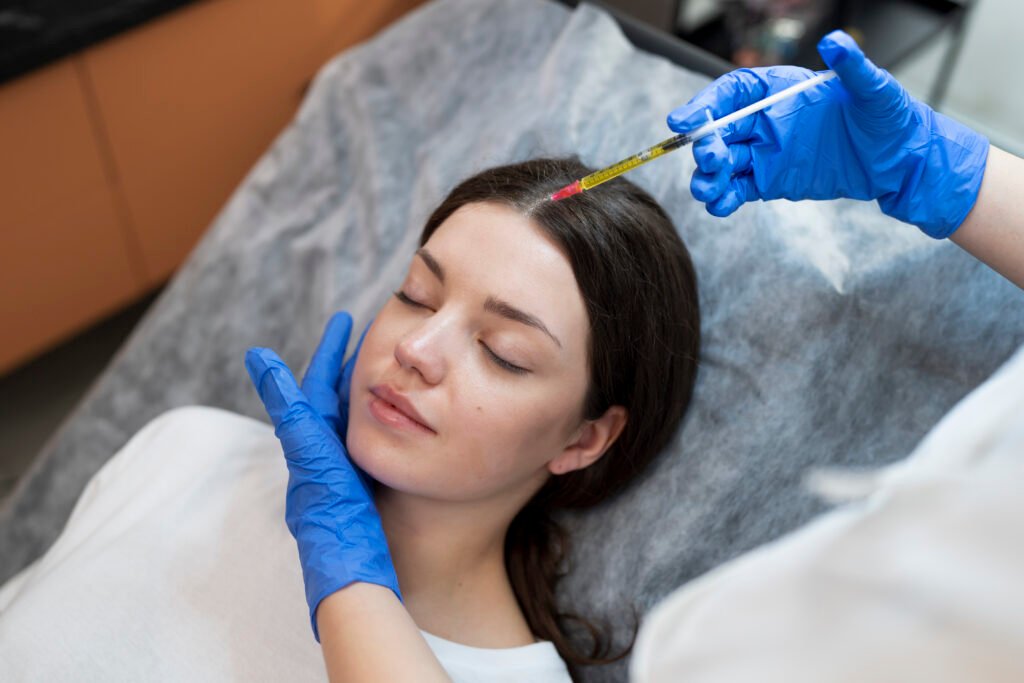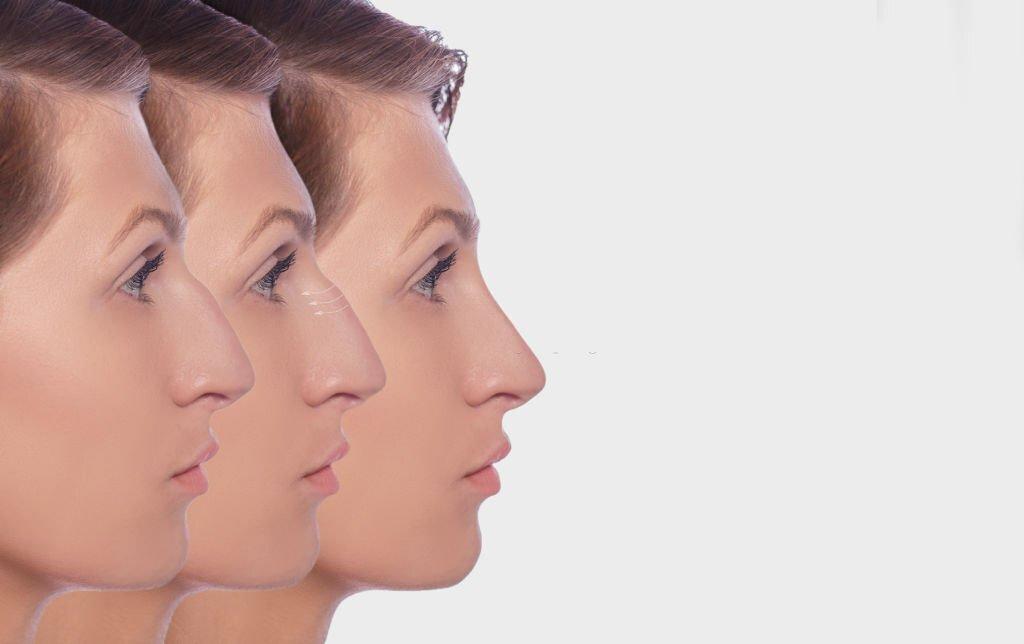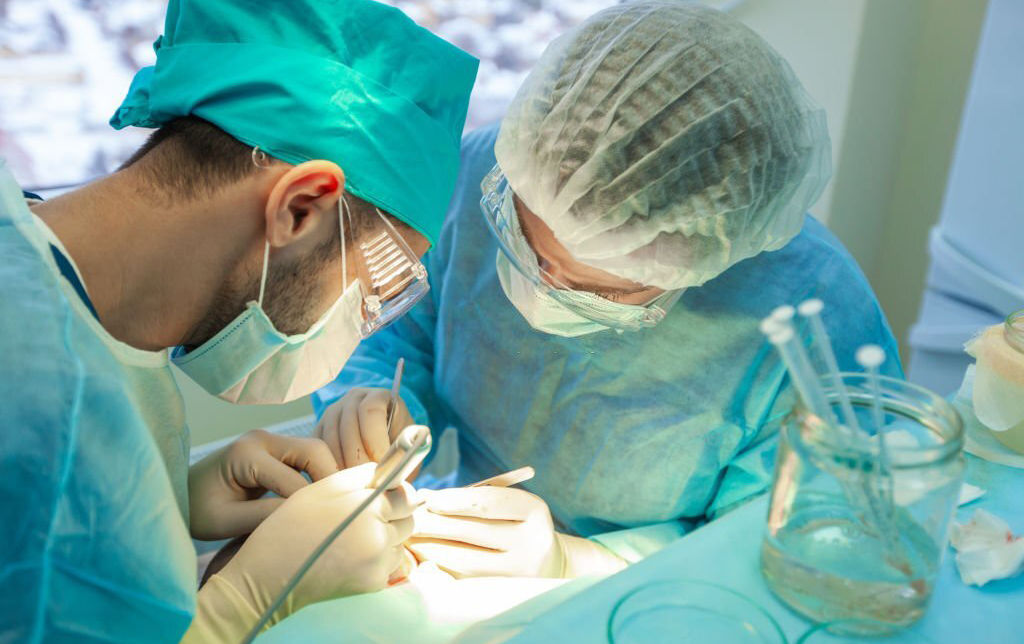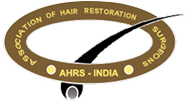Blogs

Exploring Platelet-Rich Plasma Therapy: Mechanisms, Applications, and Considerations
Platelet-Rich Plasma (PRP) therapy has emerged as a groundbreaking treatment in regenerative medicine, offering promising benefits for tissue repair, wound healing, and hair restoration. This blog explores the intricacies of PRP therapy, including its mechanisms of action, diverse applications, and important considerations for both patients and practitioners.
Understanding PRP Therapy
PRP is an autologous plasma derived from a patient’s own blood, containing a higher concentration of platelets than the physiological baseline. The process involves centrifuging whole blood to separate red and white blood cells from the plasma, concentrating the platelets, growth factors, cytokines, and chemokines essential for tissue repair and regeneration. This potent plasma is then used therapeutically to deliver bioactive factors directly to target tissues.
Mechanisms of Action
PRP therapy works through several key mechanisms:
– Stimulating Cell Proliferation: Growth factors and cytokines in PRP promote the proliferation and differentiation of cells involved in tissue repair, including fibroblasts, endothelial cells, and mesenchymal stem cells.
– Promoting Angiogenesis: PRP induces the formation of new blood vessels (angiogenesis) by stimulating endothelial cell migration and proliferation. This enhances blood flow to injured tissues, improving nutrient delivery and waste removal essential for healing.
– Modulating Inflammation: PRP helps regulate the inflammatory response, promoting a balanced healing process while minimizing excessive inflammation and tissue damage.
– Enhancing Extracellular Matrix Formation: It stimulates the production of extracellular matrix components like collagen, elastin, and hyaluronic acid, crucial for tissue structure and integrity.
Applications of PRP Therapy
PRP therapy is versatile and has a wide range of applications across various medical specialties:
– Orthopedics: PRP is used to treat musculoskeletal injuries and degenerative conditions, such as osteoarthritis, tendonitis, and ligament injuries. Intra-articular PRP injections promote cartilage regeneration, reduce inflammation, and alleviate pain.
– Dermatology: In aesthetic dermatology, PRP is utilized for facial rejuvenation, scar revision, and hair restoration. Microinjections into the skin stimulate collagen production, improve skin texture, and promote wound healing.
– Dentistry: PRP is employed in oral and maxillofacial surgery for bone regeneration, dental implant placement, and periodontal therapy. It accelerates bone healing and enhances osseointegration of dental implants, improving treatment outcomes.
– Hair Restoration: PRP therapy offers a non-surgical approach to treat hair loss and alopecia. By injecting PRP into the scalp, growth factors stimulate hair follicle proliferation and prolong the anagen (growth) phase of the hair cycle, resulting in increased hair density and thickness.
PRP in Hair Restoration
PRP therapy for hair restoration involves the following steps:
– Patient Evaluation: A thorough evaluation assesses the extent and pattern of hair loss, underlying medical conditions, and suitability for PRP therapy.
– PRP Preparation: A small volume of the patient’s blood is drawn and centrifuged to isolate PRP. The resulting plasma, rich in growth factors and cytokines, is prepared for injection.
– Treatment Administration: PRP is administered via microinjections into thinning or balding areas of the scalp using a mesotherapy technique. Multiple superficial injections deliver PRP directly to the target tissues, where it exerts its regenerative effects.
– Treatment Schedule: Typically, PRP therapy for hair restoration involves a series of sessions spaced several weeks apart, followed by maintenance treatments as needed to sustain results.
Considerations for Patients and Practitioners
Before undergoing PRP therapy, patients and practitioners should consider:
– Patient Selection: Not all individuals with hair loss are suitable candidates. Factors such as the extent of hair loss, underlying medical conditions, and treatment expectations should be evaluated.
– Treatment Response: Responses to PRP therapy can vary. Some patients may experience significant hair regrowth, while others may see more modest results. Realistic expectations and ongoing communication are crucial.
– Safety and Side Effects: PRP therapy is generally safe as it uses the patient’s own blood components. Potential side effects include pain, swelling, bruising, or infection at the injection site. Patients should be informed of these risks and monitored closely.
– Combination Therapies: PRP therapy may be combined with other hair restoration methods, such as topical medications, oral supplements, or low-level laser therapy, to enhance efficacy and optimize results.
Platelet-Rich Plasma (PRP) therapy is a revolutionary approach to regenerative medicine and hair restoration, offering a non-surgical solution to promote healing and hair regrowth. By harnessing the power of a patient’s own blood components, PRP therapy provides a natural and effective treatment option with diverse applications across multiple medical fields. At Saundarya City, we offer personalized PRP therapy plans tailored to meet individual needs, helping patients achieve optimal results in hair restoration and overall health.
Popular Posts

Nose Surgery (Rhinoplasty)
Nose reshaping (rhinoplasty or a "nose job") is an operation to change the shape or size of the nose...

Best Hair Transplant Doctor In Nagpur Location
Saundarya City Uses Modern techniques have enabled advanced methods for surgical hair transplants that can help restore lost hair...



 Book an Appointment
Book an Appointment